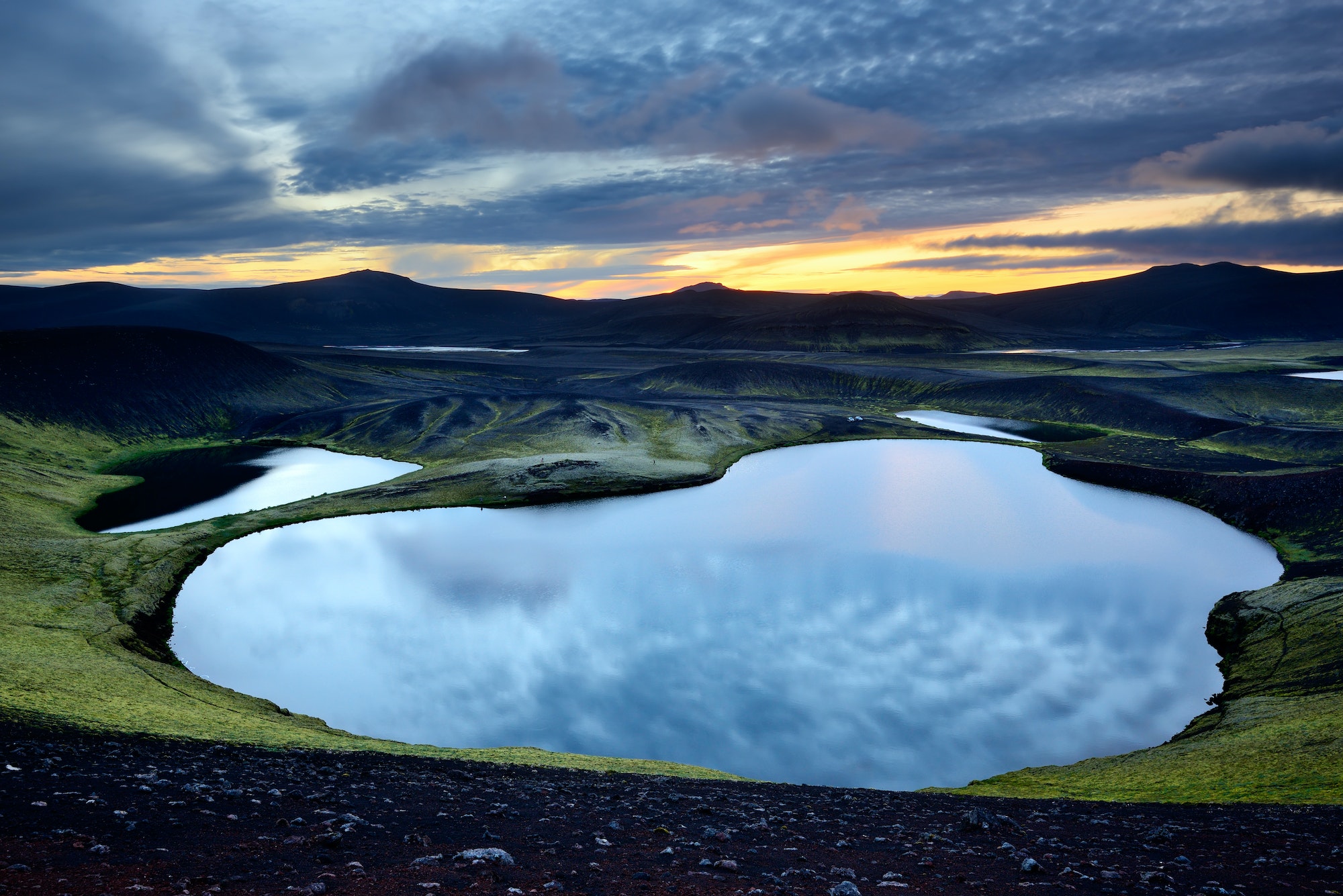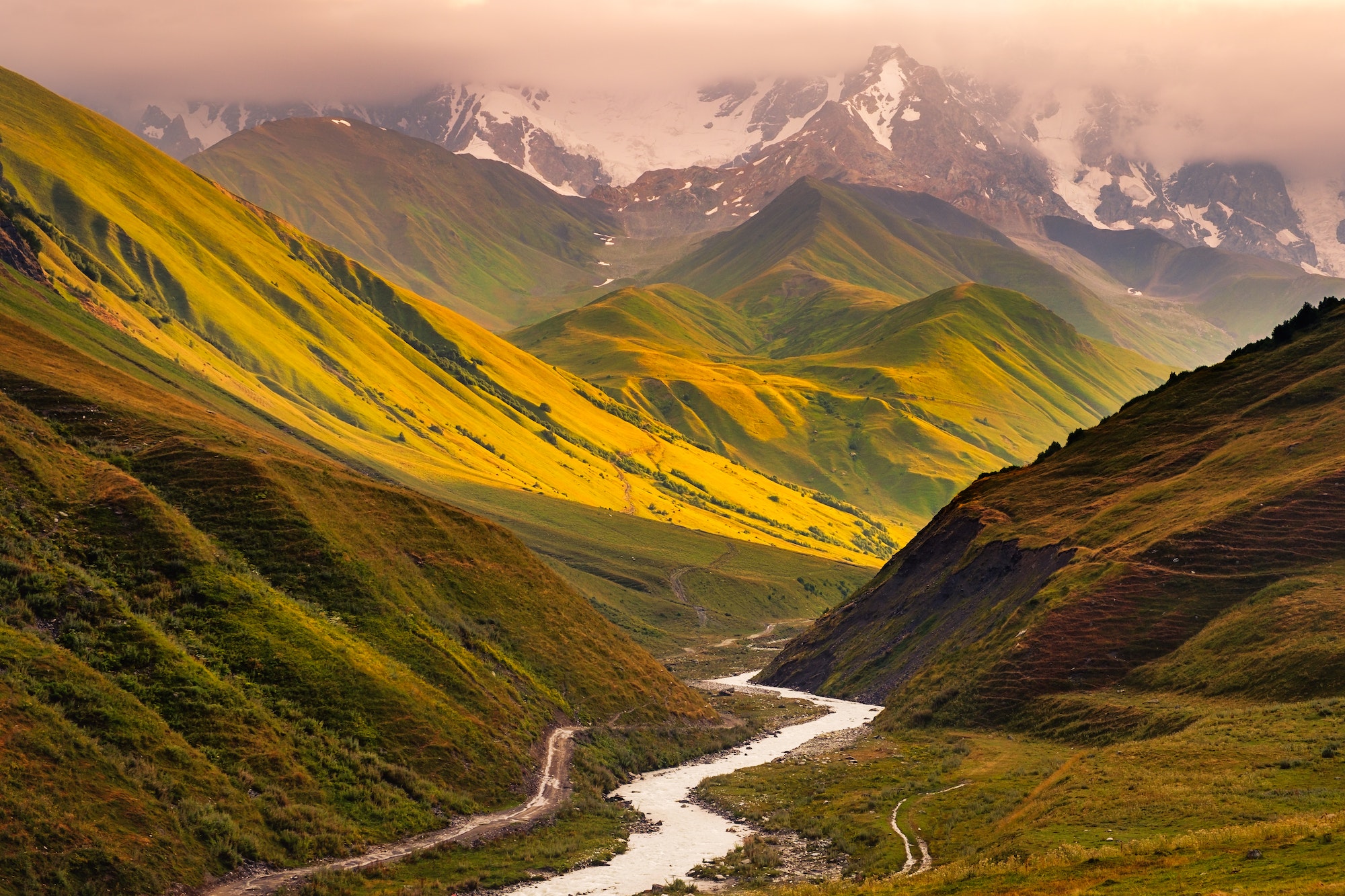Many people confuse the difference between lakes and rivers. It is easy to see why since there are many similarities between these two bodies of water.
What sets them apart? Lakes have a deep basin with an outlet at their center. At the same time, rivers typically do not have such a large area surrounding their central point. Instead, they flow into various basins containing outlets in other parts of the river or into smaller streams and creeks before heading back out again.
The difference between these two bodies of water is that rivers flow one way while lakes typically do not. Both types carry sediment and have their unique ecosystems. There are also other differences I have explained below.
How do lakes work?
Lakes are persistent, standing bodies of water. This means that the water’s natural current does not move them. Rivers have a constantly natural current due to the flow of water. Lakes are formed when precipitation (rain, snow, etc.) collects in a low-lying area. The rainfall fills the space with water, and the weight of the water creates a depression in the ground. Over time, as more and more precipitation falls into the lake, it slowly begins to take on a bowl-like shape.

How do Rivers work?
Rivers are created when water flows from high points, such as mountains or hills, to lower points, such as lakes or oceans. The water in a river is constantly moving downstream because of gravity.
Rivers are fed by rain, melting snow, and melting glaciers. When the river reaches a lake or ocean, the water stops moving, and the river ends. The water in rivers is always moving downstream because of gravity.

Key Differences Between a Lake and River
Size
- A river is a moving body of water, whereas a lake is a static body of water of varying sizes.
- A river’s size can vary throughout the year, while a lake remains unchanged.
- Fresh water is abundant in lakes, making them the main source of drinking water and nutrition for both animals and humans. Artificial lakes are used for harnessing hydroelectricity.
- A River is larger than a Lake.
- Rivers are primary sources of food and water for the humans and animals living nearby, while Lakes are not.
Depth
- The depth of a river is greater than that of a creek and groundwater.
- Surface water differs from groundwater because it flows over the earth’s surface.
- River water has more dissolved minerals, while groundwater has more minerals in solution.
- Lakes are deeper than rivers.
- Lakes have more water and are wider in comparison to rivers.
- Rivers often have rapids and waterfalls, while lakes are generally peaceful and calm.
Water Movements
- Rivers are a natural creation, while lakes can be natural or artificial. River water moves along the banks, while lake water is still characterized by immobility.
- The movement of river water is fast, while that of lake water is slow.
- River images depict the fast water movement, while lakes are typically tranquil and picturesque.
- The water on a lake moves in circles around the center of the lake, while the water on a river moves in a linear direction.
- A lake can hold more water than a river and is generally larger.
- A river has rapids and cascades, which make it more scenic.
Temperature
The temperature of a lake’s surface water is usually warmer than the temperature at the bottom of the lake. This is because the sun heats the surface water more than the water at the bottom. The temperature of a river’s surface water is usually colder than the temperature at the bottom of the river. This is because rivers have faster-moving water, which means that there is less time for sunlight to heat the surface water.
Ecosystem
Rivers and lakes are habitats that support many forms of life. The ecosystem comprises plants, reptiles, mammals, amphibians, and birds. The ecosystem is endangered in some regions but threatened in others. The ecosystem is found all over the world except for Antarctica and China.
Rivers and lakes are usually freshwater habitats that support many forms of life. Rivers and lakes can vary in speed, water depth, and soil type. Pollution, pesticides, and erosion can pollute rivers and lakes.
Ecosystems are essential for the survival of both plants and animals. Ecosystems help to recycle materials and provide food for organisms in the system. Ecosystems are dynamic, which means they are constantly changing. The composition of an ecosystem can change over time.
Can Rivers form from Lakes?
Yes, rivers can form from lakes. A river is a body of water that flows in a specific direction. Rivers are connected to oceans or other bodies of water. Some rivers flow into lakes and ponds.
The water in a river is constantly moving. If the river flows into a lake, the water mixes with the lake’s water. This process is called eutrophication. The two types of water form an ecosystem together.
What is the difference between rivers and seas?
Rivers and seas are both bodies of water. Seas have salt in them, while rivers do not. A river is a body of water that flows in a specific direction, usually toward an ocean or lake. A lake is a large area of standing water. It forms in a depression on land, often in the shape of a bowl. A body of water that does not flow is called an ocean. Oceans cover about 71 percent of the earth’s surface.
What is the difference between rivers and sea?
Seas are generally larger than rivers and are often found on coastlines. Rivers are typically smaller and narrower than seas. They also tend to be located inland, away from coastlines.
Rivers also tend to be shallower than seas. This is because rivers typically flow downhill due to gravity, so they don’t need to be as deep to hold the same amount of water. Seas, on the other hand, are often quite deep because they’re filled with saltwater from the ocean.
Finally, another difference between rivers and seas is that rivers typically have fresh water while seas have salt water. This is because rivers get their water from rain or melting snow, while seas get their water from the ocean.

